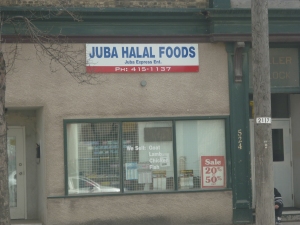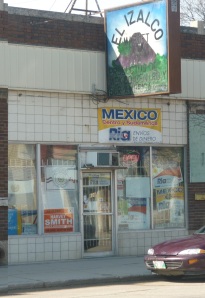I have come to expect that the people I invite over to my house may feel uncomfortable doing so. This is not surprising as even until recently my street in particular has made it into the news as the site of criminally violent acts. While there may be some notion of ‘at least its not the North End’, the Spence Neighbourhood still evokes some unease in many people that I encounter. I often feel a little apologetic about that reality and sometimes even act preemptively to minimize possible feelings of unease. Now I get this unease. While there remains misunderstanding with respect to the reality of ‘violence’ in my neighbourhood the truth remains that my neighbourhood has a higher rate of ‘public’ or violent crime (though I wonder at the level in which ‘good’ neighbourhoods are defined by there ability to cover their violence or mobilize it in other areas, such as mine). Regardless, this remains an ongoing topic of conversation when having people over.
What I have not given due respect and attention to is the fact that I experience significant unease when I visit people in other neighbourhoods. I experience a general malaise or melancholy even a feeling of slight circumstantial depression when driving into particular neighbourhoods. Sometimes I even feel threatened or small bursts of anger can even bubble up. What is going on here? First, I admit that I fully own this experience. This is my issue to deal with. But what is the issue?
It would be disingenuous to deny that part of the unease comes from feelings of envy. I simply cannot afford the lifestyle that is offered by many of the neighbourhoods that I am thinking of. I heard it once said that when people promote equality they really just don’t want anyone else to enjoy life more than they do. I think there is some truth to this. I need to get over the fact that some people will always have access to more material resources than I do. In the same vein I can in no way complain about my own standard of living. So envy is wholly on me. I also find some these areas terminally boring it is no wonder in Ontario they are often called ‘bedroom communities’, people go there to fall asleep. Now that I have a young child I see a little more appeal to a quiet neighbourhood with a big yard . . . but not much more appeal. But envy and boredom are vices and preferences. And they are no one’s fault but my own. No one else to blame. But is that all?
I think what is emerging in my sense of unease is the nature and logic that underlies many neighbourhoods. Winnipeg continues to sprawl in its form of expansion. This is not really surprising given our access to the vast amount space that has existed within our parameter highway. But the logic of this expansion remains in keeping with some of the worst tendencies of contemporary capitalism. Residential development continues rely on the monopolies of mega-retailers, the automobile, and large detached homes. The development of these neighbourhoods continues to privilege those with a minimum economic base that is above average, never-mind below average incomes. It also privileges those expressions which are taking few steps towards more sustainable environmental and social practices (again, over-sized homes, additional vehicles, the perpetuation of arguably damaging corporations). These neighbourhoods are developed on the ability to cater to wealth as opposed to having an eye towards what might be most healthy for Winnipeg as a whole.
Another feeling of sadness that emerges when I enter some neighbourhoods is the sense that a house is still someone’s castle. While I am all for the appropriate protection of spaces and the maintenance of healthy boundaries I do not think that creating a small embassy out of our homes will contribute towards addressing some of the illnesses of our society. And that is sort of the point. These neighbourhoods by design are meant to ‘resolve’ social ills by the means of exclusion. These neighbourhoods maintain their ‘value’ to the extent that they can displace visible ‘wounds’. I think the real and abiding unease I have in these neighbourhoods is the reality that so many of the poor, the refugees, the less abled, and more vulnerable of our society are pooled into concentrated areas which at times feels like sheep led to the slaughter of gangs, despair, and violence. I have no interest in creating a link between poverty and violence. Rather I create a link between wealth and access to security. So when those who are impoverished are concentrated in particular areas then what you have a greater temptation and opportunity for those who will take advantage of the vulnerable.
I need to be clear again that many people I love live in the neighbourhoods I am describing and I may one day as well. But it would be an uneasy move. And I don’t think that I have given my unease the respect it deserves. I feel bad that people feel uneasy coming to my neighbourhoods but the point is that I am also the one feeling bad for feeling uneasy in other people’s neighbourhoods So I will own my issues and try as I am able to respond to the issues of my neighbourhood but I think it is high time the effects of other neighbourhoods become clear for that they are, not to shame or disgrace anyone but to get on with a better conversation about being a city and being a neighbour.





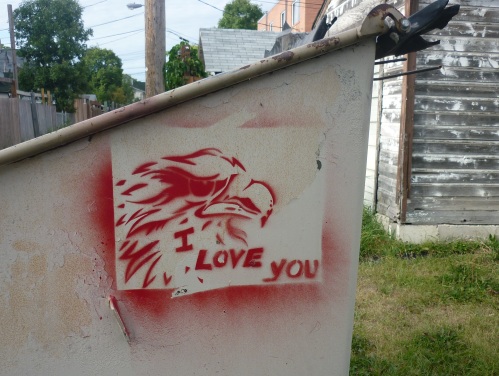
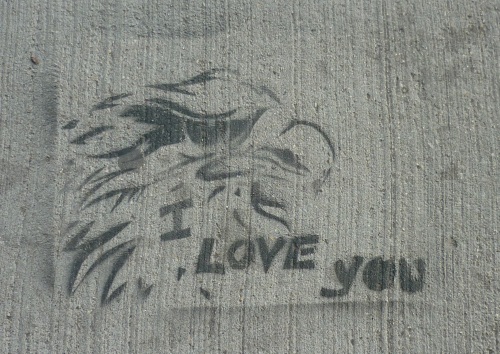
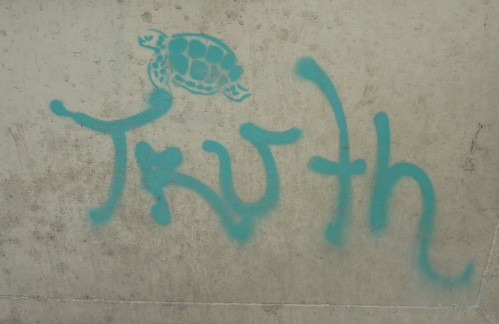
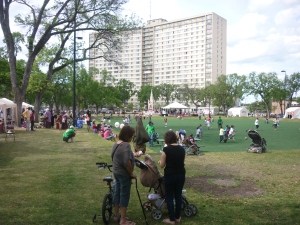
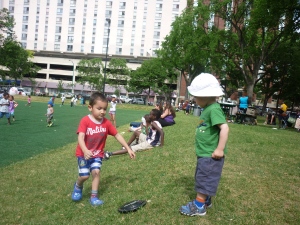
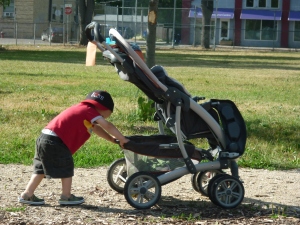
 Heading into Canada Day tomorrow I am about half finished Geoffery York’s The Dispossessed: Life and Death in Native Canada. I have known about this book for probably about 15 years and the cover alone has haunted me for almost that whole time. While I have known about most of the areas covered in Canada’s relationship with the First Nations people what I was not prepared for was to realize the layering and interrelatedness of injustice and abuse this people has faced at the hands of the nation of Canada. At nearly every intersection of contact First Nations were ploughed over.
Heading into Canada Day tomorrow I am about half finished Geoffery York’s The Dispossessed: Life and Death in Native Canada. I have known about this book for probably about 15 years and the cover alone has haunted me for almost that whole time. While I have known about most of the areas covered in Canada’s relationship with the First Nations people what I was not prepared for was to realize the layering and interrelatedness of injustice and abuse this people has faced at the hands of the nation of Canada. At nearly every intersection of contact First Nations were ploughed over.